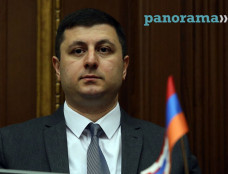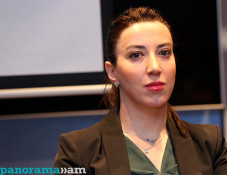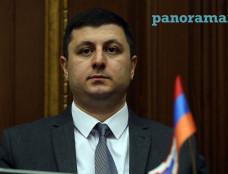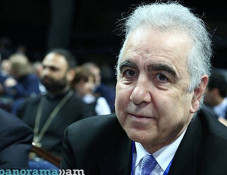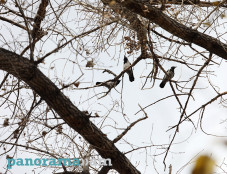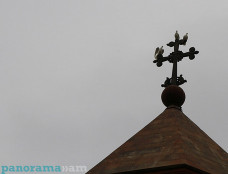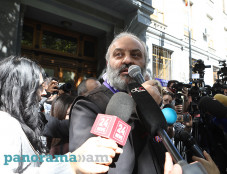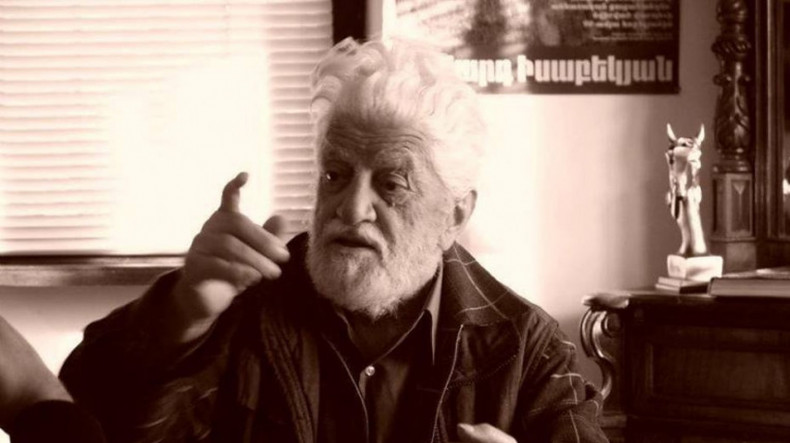
Today marks artist Eduard Isabekyan's 108th birth anniversary
Today, November 8, marks the 108th birthday anniversary of prominent Soviet Armenian artist Eduard Isabekyan.
Isabekyan was the founder of thematic compositional genre in Armenia. The basis of his art is the history of Armenian nation and its future, its proud posture and the ecstatic potential. Isabekyan's works of thematic compositional genre are the achievement of Armenian fine art of the Soviet period. "Young David" (1956, The National Gallery of Armenia), "The Revolt of Haghpat Peasants in 1903" (1957), "Reply to Hazkert" (1960, The National Gallery of Armenia) and other paintings distinguish by their monumental expressiveness, dynamic composition and civic resonance.
A number of Isabekyan's paintings are characterized by organic intercourse of a man and the native nature: "Old Man from Byurakan and the Artavazik Church" (1956), "Aksel Bakunts" (1956), "Derenik Demirtchyan" (1960), "Curly Boy" (1964), "Sayat Nova" (1964). One of the best examples of Armenian portraiture of Soviet period is the "Mother’s portrait" painting (1944).
The thematic center of his landscapes is the epic description of Armenian nature, ancient fortresses and temples: "In the Canyon of Tatev" (1959), "The Oxen Crossing the River by the Bridge" (1959), "Khndzoresk" (1962).
Many paintings are distinguished by artistic saturation: "Horovel" (1956, The National Gallery of Armenia), "Near the well" ("They didn’t come back", 1965), vIn the shade of the treesv (1966), "Artavazd’s death" (1966). The illustrations of Derenik Demirchian’s "Vardananq" and Sero Khanzadyan’s "Mkhitar Sparapet" novels are also commonly known.
Isabekyan was the author of a number of drawings and the series of graphics devoted to painter Arpenik Nalbandyan.
The artist passed away in 2007 and was buried in Yerevan’s Komitas Pantheon.
.jpg)
Newsfeed
Videos






